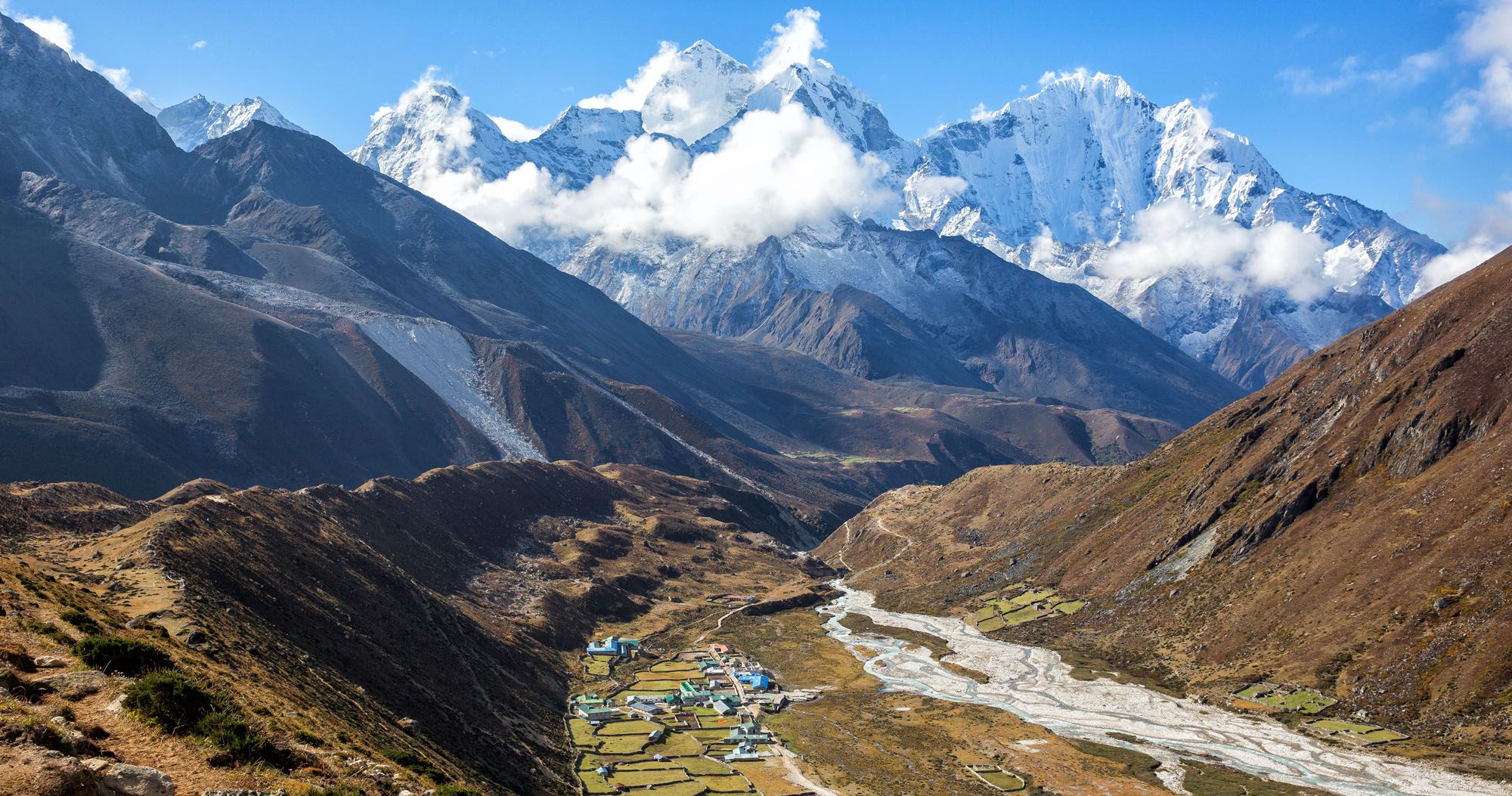Everest Base Camp Trek
You may be wondering what the conditions are like at EBC Trek. The fact is, it’s relatively easy to trek to Everest Base Camp. You’ll be mostly trekking on mountain paths, with the last two days of the trek being a zigzag trail on lateral moraine. Although it can be challenging, it’s also not technical or icy.
Trekking to Everest Base Camp
Whether you’re in the mood for adventure or want to experience the local culture, a trek to Everest Base Camp is the perfect way to see the country. The trek takes place in the beautiful landscapes of Nepal and offers several highlights, including Buddhist monasteries, metal bridges over deep canyons, colorful prayer flags, and hot Nepali food and chai.
The Everest region draws visitors from around the world. Spring and autumn are the best times to visit. You’ll find plenty of tea houses to accommodate you and your companions. Depending on the height of your trek, some may provide sleeping bags. However, the higher you go, the more weight your pack will weigh.
If you’re considering a trek to Everest Base Camp, consider the best time of year to go. During the spring, you’ll find the highest numbers of Everest expedition mountaineers there. Alternatively, try trekking during autumn or fall. These seasons are cooler and less crowded.
Trekking to Everest Base Camp can be a long and challenging experience. It is recommended for people with experience hiking in high-altitude areas. The trek is a minimum of ten days and requires a good level of fitness.
Conditions at Everest Base Camp
When planning a trip to Everest Base Camp, it is important to consider the weather conditions in advance. While it is nearly impossible to predict what kind of weather you will encounter, you should still prepare accordingly. Even though the weather at Everest Base Camp is generally mild, it’s always best to be prepared for anything.
To stay warm and dry, you should invest in a down jacket. Down is a great insulator and a good down jacket has a waterproof shell to protect you from rain and snowfall. A good down jacket will also have a hood and a high fill power, which means it will keep you toasty even in the most frigid conditions.
Aside from a good level of fitness, you must also be mentally prepared for the trek. It is an extreme challenge that requires you to be fit enough to endure the extremes of the environment. But with enough training and preparation, even beginners can complete this challenging adventure. The right attitude, pace, and preparation can make the trip a success.
While the temperatures are moderate during the day, they can drop to -15oC during the night. There are many reasons why a trek to Everest Base Camp is worthwhile. Aside from the amazing views, you’ll also have the chance to meet Sherpa guides and learn about their culture.
Getting to Namche Bazaar
Getting to Namche Bazaar from the Everest Base Camp requires a day’s trek. The first part of the trek involves a climb up to 600 meters. You must purchase a permit from the Sagarmatha National Park, which costs around 25 USD. As you ascend, you’ll walk through forests, cross suspension bridges, and enjoy the view of Mt. Everest from the highest point. Upon reaching Namche, you’ll have some time to relax and replenish your energy levels. The town has plenty of restaurants and shops.
Getting to Namche Bazaar from the Everest Base Camp is an option for travelers who don’t want to hike all the way up to Everest Base Camp. The town is home to a small airport, Syangboche, which is one of the highest in the world. However, it isn’t licensed for commercial flights and does not offer regular air transfer services. Large and small choppers land here, but most flights are chartered.
Most people will stop in Namche Bazaar for a day to acclimatise. It’s a good idea to have at least one day of acclimatization before climbing Everest Base Camp. You’ll probably need an extra day for this if you’re in a small group. The Everest Base Camp trek is not an easy one, requiring five to eight hours of hiking per day. The terrain is uneven and rocky. There are also long steep climbs. The higher you go, the harder it is.
